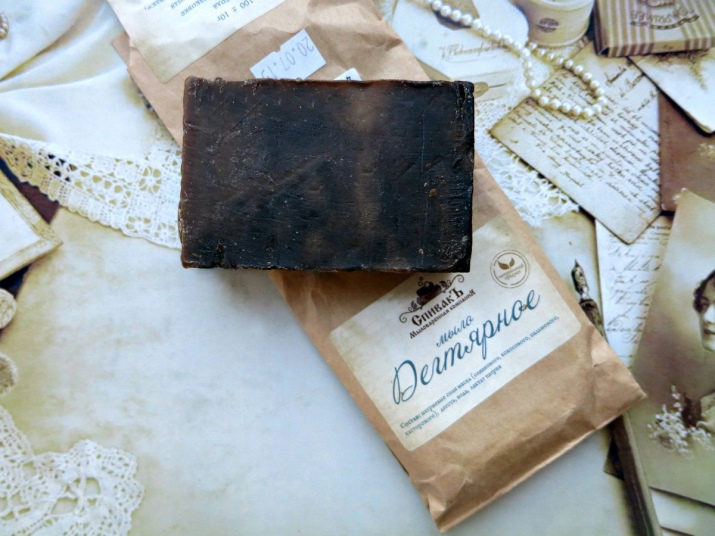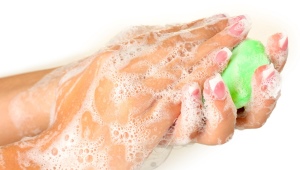Tar soap
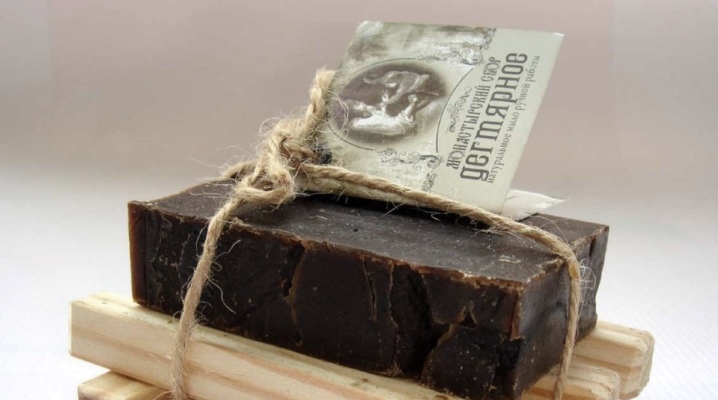
At a time when the beauty industry was not as developed as it is now, our grandmothers and mothers had to look for improvised methods and ways to take care of themselves. One of these ways was the use of therapeutic soap for the face, body and hair. The most popular was considered tar, which is known even now.
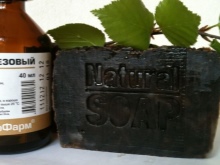
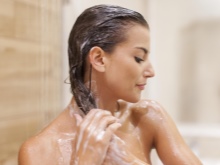

Peculiarities
Tar soap is the strongest antiseptic. It has very strong antibacterial properties. It is because of this that it is often used on problematic and oily skin, reduces inflammation, reduces oily sheen and disinfects the skin, erasing old acne and post-acne like an eraser and preventing new ones from appearing. It treats eczema, dermatitis and psoriasis, can get rid of closed comedones and lighten blackheads, scars and spots. Heals wounds, boils, abscesses and scratches. Restores cell regeneration, regulates the sebaceous glands of the skin.
Helps in restoring the hydro-lipid balance of the skin and with parasites.
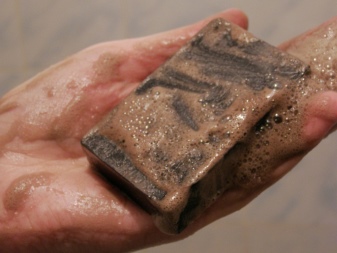

In the form of a shampoo or liquid soap, it helps to relieve flaking and itching of the scalp, cure oily and dry seborrhea, get rid of dandruff and even lice and pediculosis. Helps delay the day of washing for oily hair types.
Soap is also suitable for intimate hygiene - to maintain sterility or treat candidiasis.
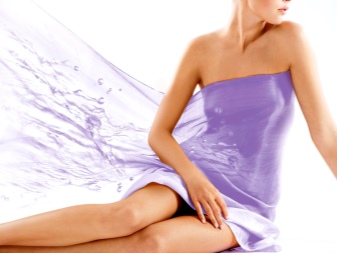

Kinds
Depending on the method of application, purpose and form of release, therapeutic tar soap can be divided into:
- lumpy. It is a black or dark brown familiar bar of soap. Suitable for washing hands, body and face. The classic version, the most common. An ideal option for facial skin - complete with a foaming sponge or mesh - eliminates pimples and acne, mimic wrinkles and excessive oily skin, blackheads.
- liquid. It looks like toilet soap for washing hands and hair, not very suitable for the face, as it does not lather very pleasantly. Also black. Suitable for getting rid of sweating under the arms, preventing acne on the skin of the back, chest, arms and legs, with some forms of lichen and other diseases of the skin of the body.
- Thick soap. It is quite rare, it is a sticky thick gel-like consistency of black color. It is used for the body and hair, less often for the face, as the consistency is not particularly suitable for washing.
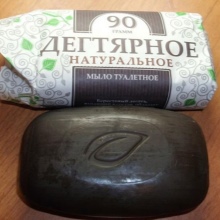
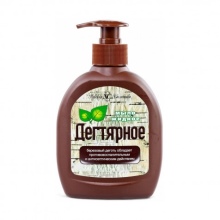

Compound
The main active ingredient is directly birch tar obtained from birch wood. Sometimes birch bark tar is used, obtained from the same birch, only from its birch bark (bark). But it is more suitable for internal use in cysts, oncology, fibroids, blood and intestine cleansing, as it is softer - birch tar soap is suitable even for dry skin, but it is quite difficult to find one.
The tar itself is thick and viscous in consistency, not sticky, dark with a characteristic odor. It consists of resins, phenol, toluene, xylene.
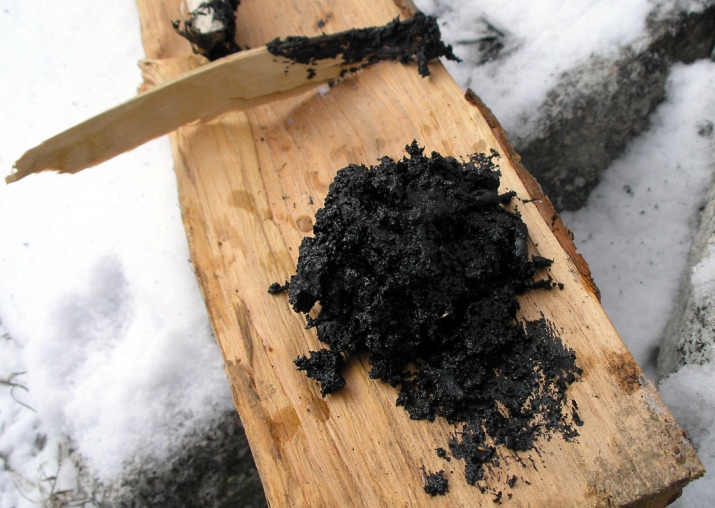
Natural soap should smell sharp - tar, like Vishnevsky's ointment.If it smells completely different, it means that fragrances have been added to the soap (in the composition they are designated as parfum, with an asterisk * - natural perfumes, from essential oils, without - chemical production). They are not allergic, do not actually affect the dermatological properties of the product, only slightly change its smell, muffle it and increase the shelf life.
Soaps usually contain foam silicones (SLS) - and a good soap should have natural, gentle ones. Sodium Laureth Sulfate, Sodium Lauryl Sulfate, Ammonium Laryl Sulfate are the most dangerous. They clog pores and prevent the penetration of oxygen to the skin, do not allow it to breathe. Mineral oil works the same way. Mineral Oil, which is a product of oil refining. Parabens (paraben) are rarely found in soap products. Alcohols take place if they are cosmetic - but ammonia or ethyl dry the skin and are designated as alcohol.
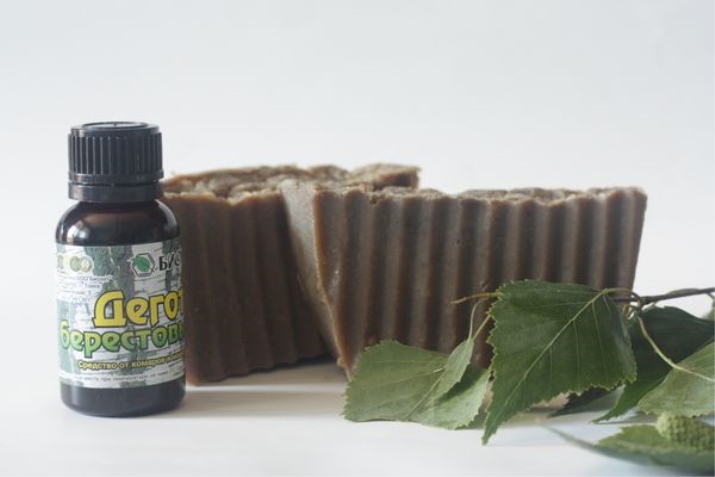
Remember that the higher the agent is in the composition, the greater its concentration. However, tar is used in the production of soap in the amount of ten percent, so it is quite possible to find it at the end of the list. Also, any tool must have a GOST mark.
Various additives are also possible. For example, glycerin and vegetable oils act as a moisturizer soda, charcoal and salt – additional cleaning additives, celandine and other herbal infusions mix the ingredients, guaranteeing better performance and affecting the activity of the sebaceous glands.
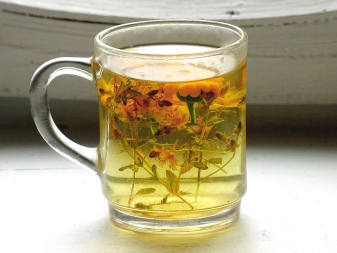
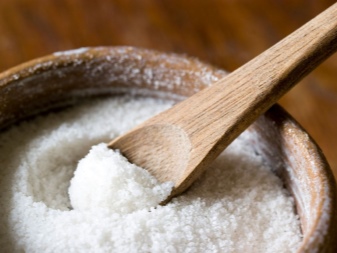

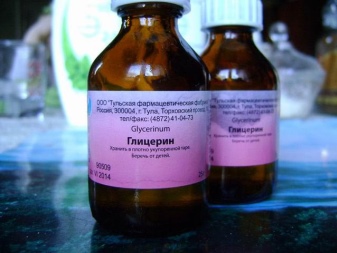
Best before date
If you are going to use the product in skin care, or even more so in intimate hygiene, then its expiration date cannot be neglected.This can result in new inflammation, dryness, itching and irritation.
On average, tar bar soap is stored for twelve months. This refers to a completely natural composition, without additives extending the shelf life. If they are present, then the shelf life increases to three years (36 months). As a rule, such additives are safe and do not affect the quality of the product.
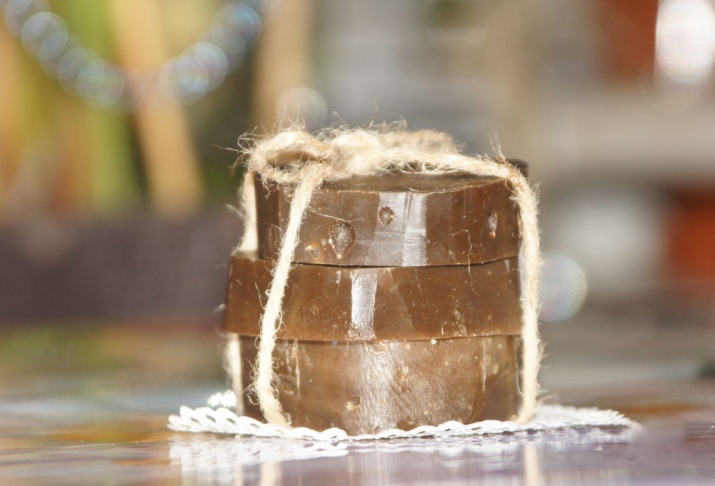
Benefit and harm
The main significant drawback of tar soap is that it dries. Frequent washing with them contributes to the appearance of peeling and irritation, reducing the protective layer of the epidermis and increasing sensitivity.
When used during the active sun, before sunbathing or a solarium, an increase in the sensitivity of the skin is possible, there is a possibility of getting a sunburn.
Of the organoleptic properties, it is impossible not to distinguish the smell of soap - the aroma of tar is unpleasant for many, some categorically cannot tolerate it. However, it does not remain on the skin after washing, indoors or on clothes, so, in principle, it is quite tolerable. If we are not talking about individual allergic intolerance, of course.
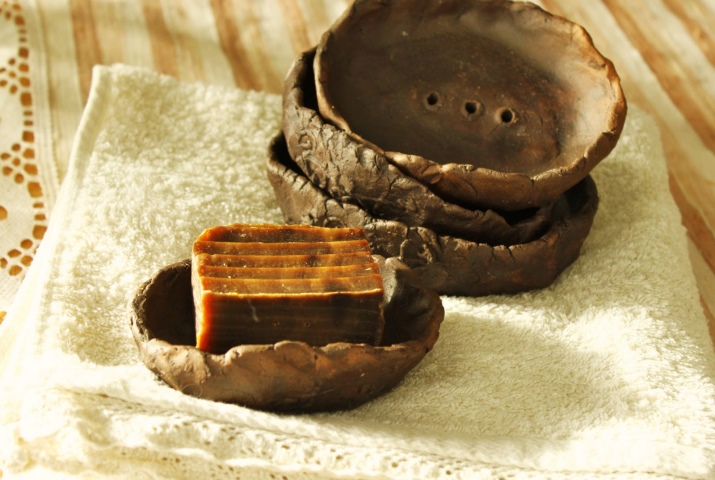
The main beneficial properties are antibacterial and antiseptic. It perfectly dries up inflammation, preventing them from growing. Effective in the fight against any kind of infection and infection, even fungal. Fights parasites, lice and other insecticides.


See the next video for more on the benefits of tar soap.
Indications
Tar soap is used as a remedy for:
- Increased fat content of the skin of the face, body and head (including seborrhea, lice and pediculosis);
- Diseases of the skin - dandruff, dermatitis, eczema, psoriasis, acne and post-acne, various types of inflammation, acne, lichen;
- Cracks and microtraumas of the skin, burns;
- Oily hair type;
- Excessive sweating.
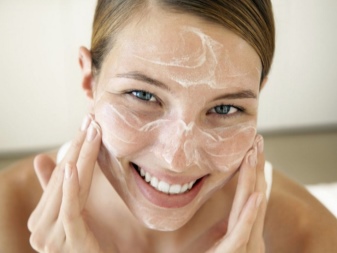

Contraindications
Tar soap should not be used if:
- Your skin is dry thin or sensitive;
- In the coming days you want to go out into the active sun to sunbathe or go to the solarium;
- There is an allergy directly to tar or other components of the composition;
- Your hair is dry and brittle (if the scalp is oily, then you can only wash it, applying a thick layer of a moisturizing mask to the length and tips);
- You are pregnant, breastfeed or infant;
- Do you have rash, irritation, itching.

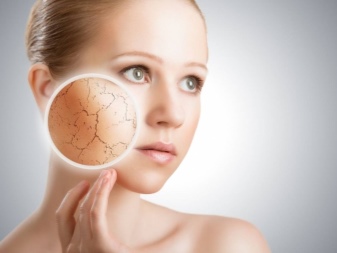
Popular manufacturers
Soap from the company "Cleon" differs in its composition - it is completely natural without pretensions to chemistry, namely olive, coconut, castor, almond seed oil, avocado oil and birch tar directly. The composition is gentle and does not dry the skin, as the manufacturer claims.
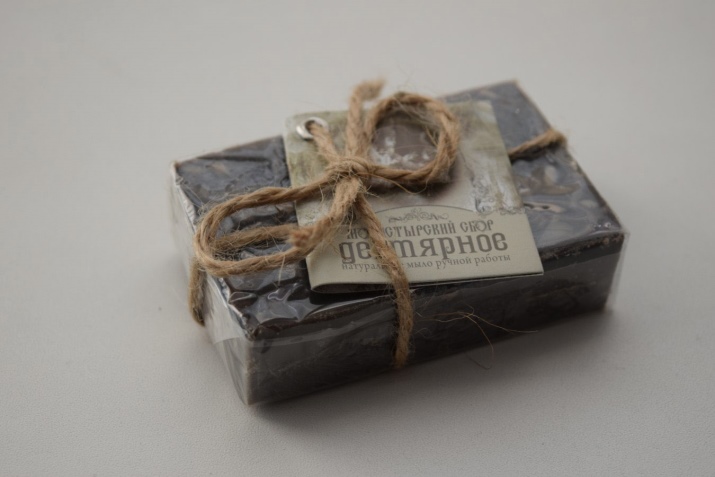
Another more or less natural option is soap from the factory "Spring". It is economical and very cheap. The packaging is translucent, which allows you to see the soap even before buying. The composition is not completely natural, but not terrible - you can apply it on your face. In the package 140 grams against the standard 75.
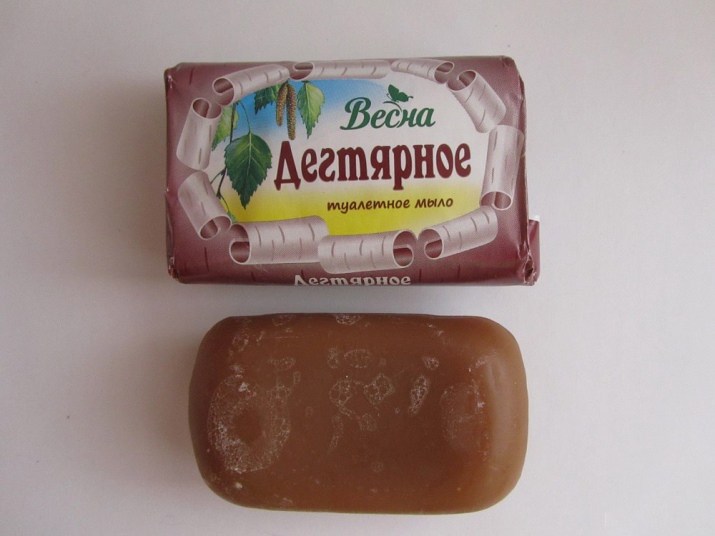
The most common on the shelves of our stores and pharmacies is tar soap of the company "Neva cosmetics". It costs about thirty rubles, a large rectangular bar, it is easy to lather on hands or sponge. The same company produces liquid tar soap, which is convenient to use for hair or body. It costs 75-90 rubles.
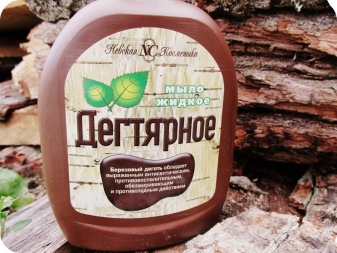
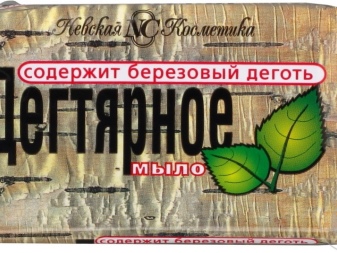
A nice bonus can be analogues / substitutes for tar soap, suitable even for dry skin - sulfuric, boric and zinc, which this company also produces.
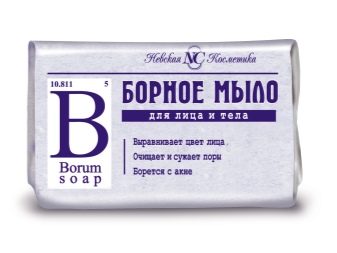
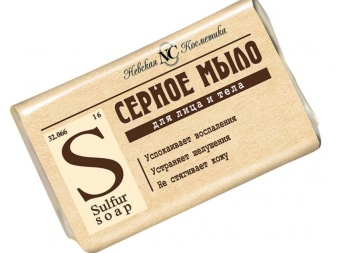
At "Agafi" in the first aid kit there is a soap called "Soap-detox 100 herbs Agafya Bath tar." It has a bathing effect and includes birch tar and five Siberian soap herbs. Sold in a 300 ml jar. Also, the same manufacturer has several tar shampoos.
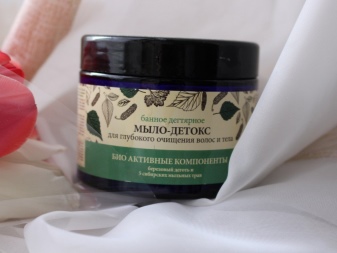

With funds from "Phytocosmetics" the compositions are completely natural - without SLS, GMOs and parabens. This company is ready to present "Thick soap for hair and body Revitalizing Tar". Its main difference, like all products of this company, is the absence of smell. There is only an unobtrusive aroma - and certainly not tar. And all this despite the fact that there is birch tar in the composition - as well as juniper oil, lavender and herbal extracts .The composition contains mild natural surfactants that do not dry or injure the skin.
In addition, the same company also has a therapeutic tar hair mask in a 155 ml bucket, a disposable tar mask with burdock oil and hops, and the same shampoo.

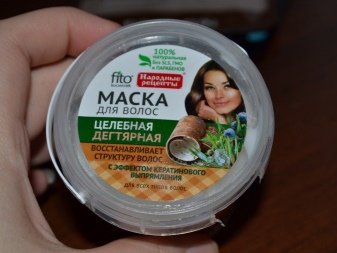
Soap from the company "Recipes for Purity" from the Nizhny Novgorod oil and fat plant perfectly cleanses the skin and even clothes! In the summer, this is simply an indispensable tool for cleanliness and comfort.
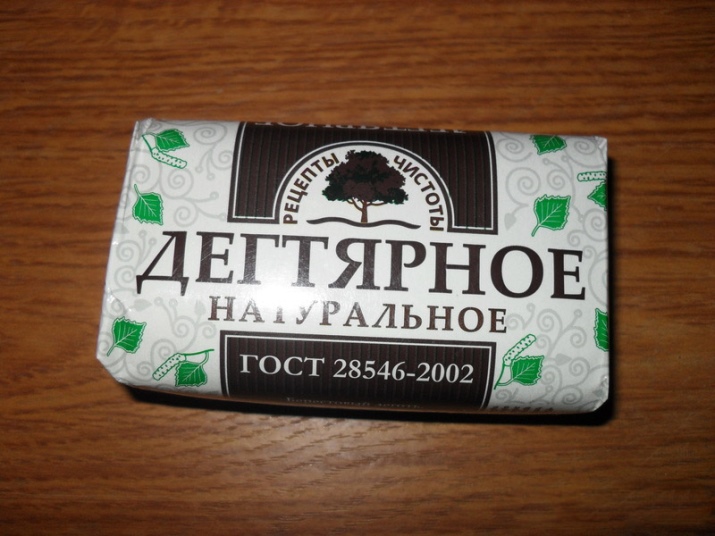
Moscow soap company Spivak widely known for its natural cosmetics. They produce products that include natural vegetable and essential oils (masks, soaps, hair, lips and face products), and also sell these oils directly.It produces several types of soaps - from soap bars to the same tar. Its composition is as follows: sodium salts of olive, coconut, palm, castor oils, water, birch tar.
All their soaps are handmade, and you can order them through the online store or directly at the main office for about a hundred rubles.
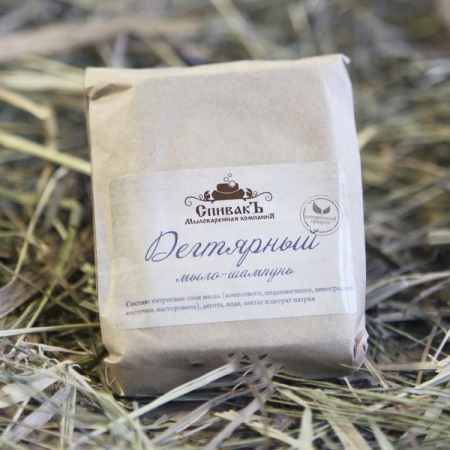
Another representative of handmade soaps - soap "Crimean Tar" from the manufactory "House of Nature". Get rid of acne quickly, reliably and cheaply. The composition is completely natural, does not contain animal fats, does not injure the skin and the water-lipid balance of the epidermis. Created on the basis of saponified olive, coconut and castor oils with the addition of birch tar and burdock oil. Laurel extract and milk thistle oil are used as additional ingredients.
It is cold-brewed, which contributes to the preservation of the beneficial properties of oils, herbs and tar itself. The smell is not very pronounced. It costs about 150 rubles.

How to make at home
In order to prepare this remedy with your own hands, you will need: soap base (baby soap without perfume and cosmetic additives is suitable - two pieces, birch / birch bark tar from a pharmacy, any base oil (calendula, jojoba, avocado, almond or grape / peach / apricot kernels), castor oil if desired and a little essential ( lemon, rosemary, tangerine, grapefruit, ylang-ylang or fir), herbal decoction of nettle or St. John's wort, forms (suitable for baking).
Cooking:
- Soap must be grated on a coarse grater to the state of chips. Put in a saucepan and pour a glass of herbal infusion.
- Add two tablespoons of castor oil and any base oil, about twenty to fifteen drops of essential.
- We put to a small fire.
- Preparing forms - at the bottom you can put herbs, oatmeal (for soap-scrub) or loofah (for soap-washcloths; first it must be soaked in boiling water for half an hour and squeezed out). This is an optional option.
- At the same time, we monitor the mixture - when it boils, you need to pour in three tablespoons of tar. Stir gently and remove from heat with oven mitts.
- Pour into molds. We take out the finished liquid soap in the cold - on a closed balcony or loggia, and leave it for a day or until the next morning.
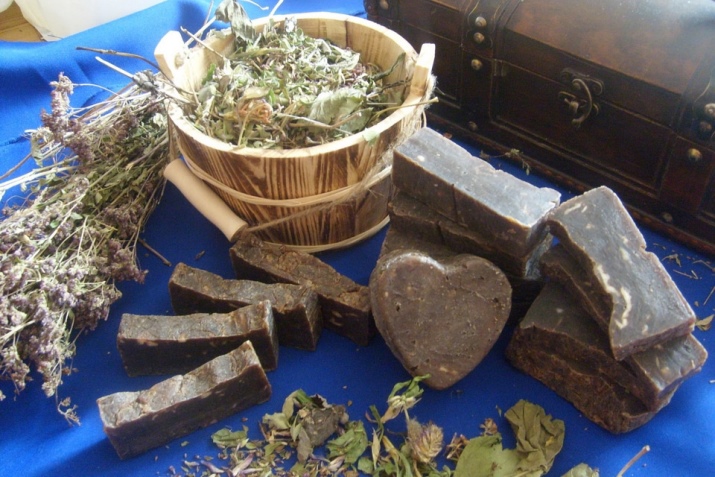
How to make tar soap with your own hands, see the next video.
How to choose
When choosing any product or product, you must first of all combine the information on the label with what effect you want to achieve and with customer reviews who have already tested the product on themselves.
You can find tar soap in any supermarket, cosmetic store or pharmacy.

Application
It is not recommended to wash this product with dry and sensitive skin. If your skin is combination or normal with inflammation present, then you can wash your face with this remedy two to three times a week. With oily and problematic - every evening for a month, then take a break.
The use of tar soap in traditional medicine is intended to get rid of acne and traces of them in just three months (possibly earlier) with comprehensive care. Instructions for use are very simple and clear:
- wet skin of the face, hands or sponge for washing and soap directly (if it is lumpy);
- Whisk on a sponge or palm bar into a strong foam, apply on the face and massage for a minute or two;
- wash away foam first with warm, then cool water.
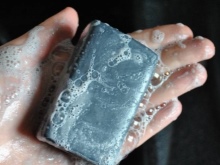
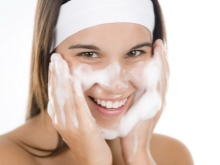

There is also a way to use it as a mask against rashes and acne - in this case, the foam should be applied only to problem areas with acne colonies and left for fifteen minutes, washed off in the usual way. Such a simple mask is very popular in cosmetology.
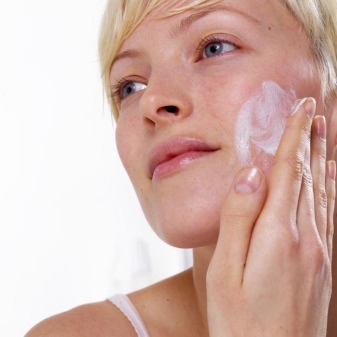

For hair, it is best to use liquid soap or tar shampoo - they foam better and are applied to the roots.
The method of application does not differ from ordinary shampoo - apply the usual portion to the roots and beat well into foam, leave for a minute or two and rinse. With curls of a fatty type, it can be distributed along the length; in any other cases, such an application is undesirable - it will dry out.


For candidiasis and diseases of intimate hygiene, soap is used twice - in the morning and in the evening, in the case of prevention - once a week, it can also be used in the bath.
With a fungus, the affected area is washed with soapy foam twice a day, treated with soapy applications, and thick foam masks are made for heels, legs and nails.

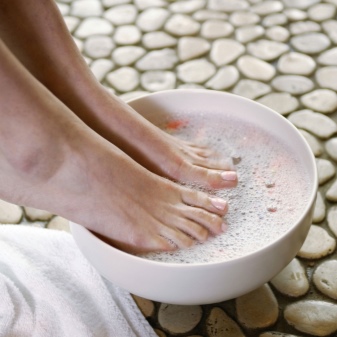
Soap should not be used during pregnancy and for babies. For children, there are separate soap-based tar shampoos - from Mirolla, for example. Adult shampoos and soaps are not suitable for a child.
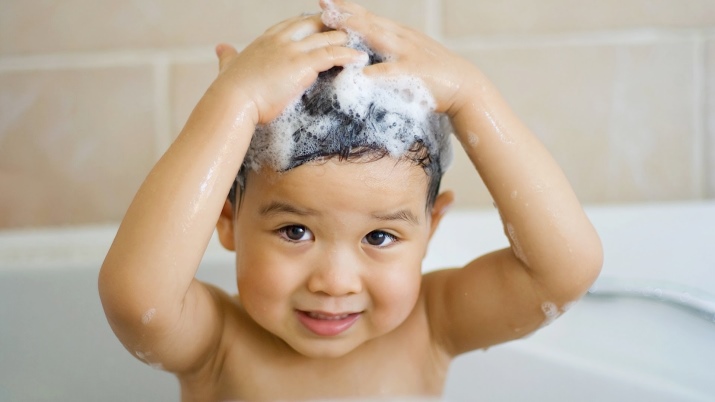
Any use of tar soap should be stopped if an allergic reaction, itching and rash occurs.
Reviews
The opinions of dermatologists and ordinary customers in the case of tar soap are the same. Depending on the manufacturer, ladies rate around four and write quite rave reviews. Experts also recognize tar soap as therapeutic, capable of curing many dermatological diseases, including dandruff, psoriasis, and removing lice and other insects.
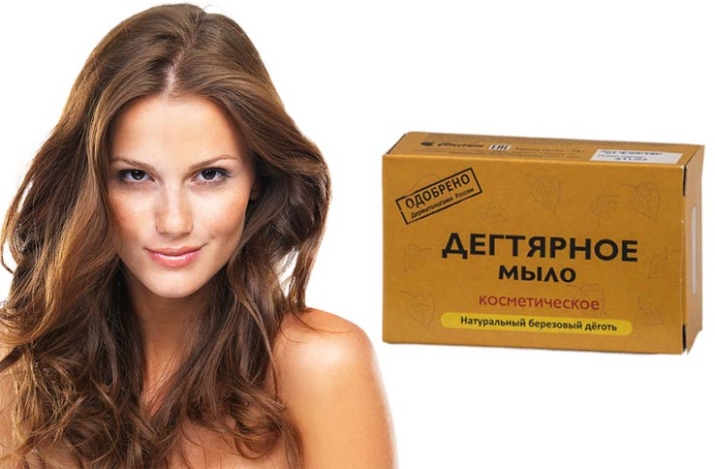
The most common tar remedy is from "Neva cosmetics". Judging by the reviews, it is great for owners of problem skin and those who have only a couple of pimples on their skin. Its effect on post-acne, acne marks is ambiguous - it is able to lighten and dissolve pinkish, almost gone spots, but stagnant ones are unlikely. It smells unpleasant and irritates the household, but it is not felt on the skin, it disappears quickly.
Soap from "Neva cosmetics" has a rating of 4.5 for its properties and availability. Liquid tar soap from the same company is more often used for hair. His rating is also 4.5.
Review of tar soap from "Neva cosmetics" see the next video.
Soap reviews from the company "Stork" enthusiastic, rating 4.8 - the highest of all soaps. It is due to a number of reasons - at least the fact that using this soap it is possible to get rid of acne and blackheads in a week of active use. Customers note the disinfectant and antibacterial properties of soap, the skin becomes noticeably cleaner.
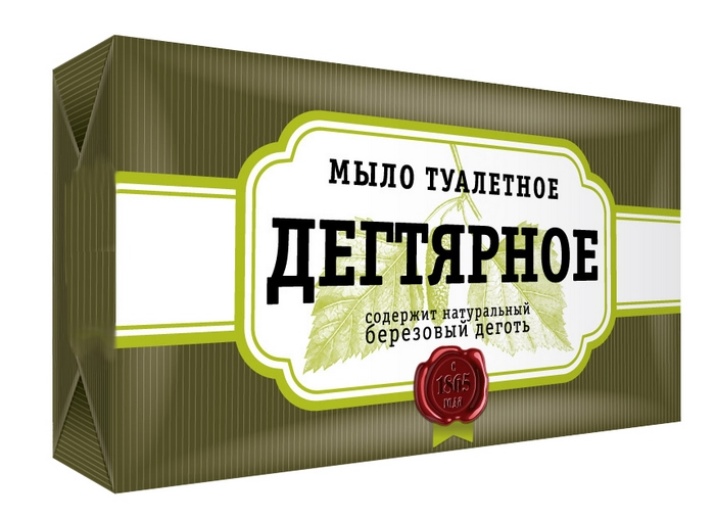
soap from "Springs" although it has a rating of 4.6, reviews about it are quite contradictory. All that is important to know is that it cannot be used for intimate hygiene, as it dries and causes itching and leaves on the whole body and face, including an incomprehensible and unpleasant, not at all soapy coating. If there is an alternative, get a different soap.

Thick tar soap for body and hair from "Phytocosmetics" has a rating of 4.4. One of its main advantages is the absence of an unpleasant odor. This is one of the few truly natural tar products without the smell of tar. It has a very gentle composition - without alkaline surfactants and silicones. This tool is also universal - suitable for the body and hair, you can use it on the face. However, no more than three times a week.Makes skin silky and smooth without overdrying. Helps with ingrown hairs immediately after depilation. Eliminates sweating.
Of the minuses - it does not have a very pleasant texture. It is like a sticky gel that does not spread well over the skin. Therefore, it is better to apply it with your fingertips.
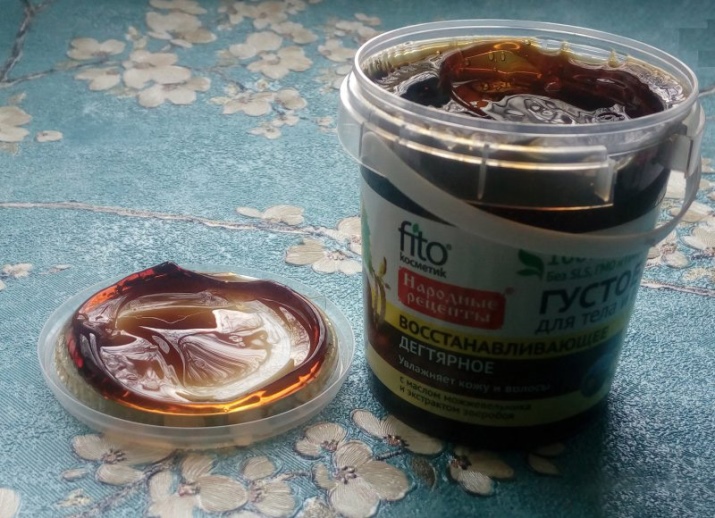
Tar soap handmade from Spivak has a good reputation and reviews, its rating is 4.8. The aroma of this soap is more woody than tar, sharp but not unpleasant. It doesn't look like the others. Spotted, like a dolmatian, a huge bar, which will last for sure for a long time. It lathers well, although it doesn't give much foam. It distributes well.
A small drawback is the sharp edges of the soap. Another - the smell, although not unpleasant, but very persistent. It stays on the face, bed, clothes for an hour or two.
